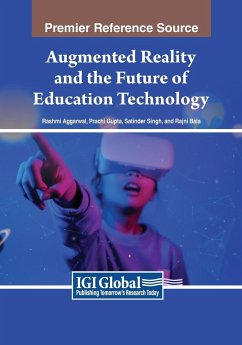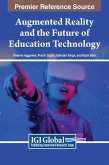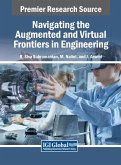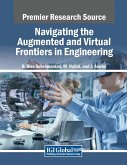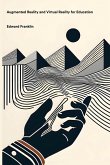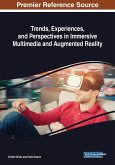In the field of education, the quick progression of technologies poses both unprecedented challenges and unparalleled opportunities. As our classrooms undergo a large shift, traditional practices are being questioned, demanding a reevaluation of how we teach, learn, and prepare the leaders of tomorrow. The consensus is clear: for our students to thrive in an increasingly tech-driven world, they must not only understand but also master technology to ensure future economic success. However, the integration of these technologies into education brings forth a myriad of complexities, necessitating a thoughtful exploration of their impact and potential solutions. The swift development of transformational technologies is reshaping education, presenting educators, administrators, and policymakers with a daunting challenge. Augmented Reality and the Future of Education Technology offers pivotal solutions to the challenges presented by transformative technologies in education. Traditional teaching methods are being scrutinized, and the need for a cohesive understanding of these technologies is becoming imperative. The growing gap between the demands of the digital age and the current state of education highlights the urgency to address issues such as teacher readiness, student engagement, and the overall organizational culture's ability to adapt to this technological paradigm shift. The question remains: How can education effectively harness these technologies to create learner-centric, personalized, and engaging learning experiences?
Hinweis: Dieser Artikel kann nur an eine deutsche Lieferadresse ausgeliefert werden.
Hinweis: Dieser Artikel kann nur an eine deutsche Lieferadresse ausgeliefert werden.

